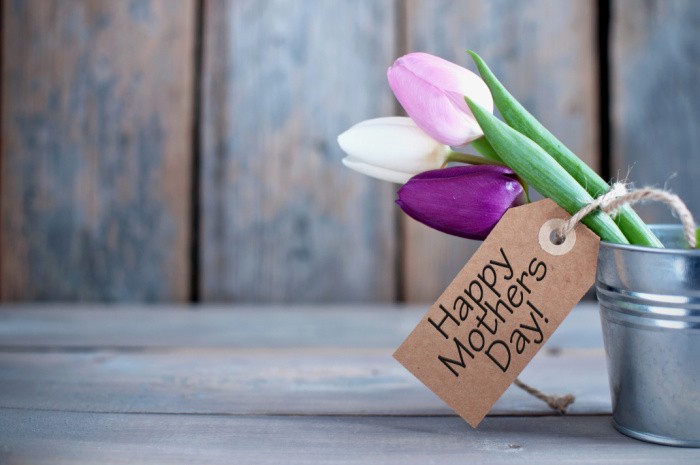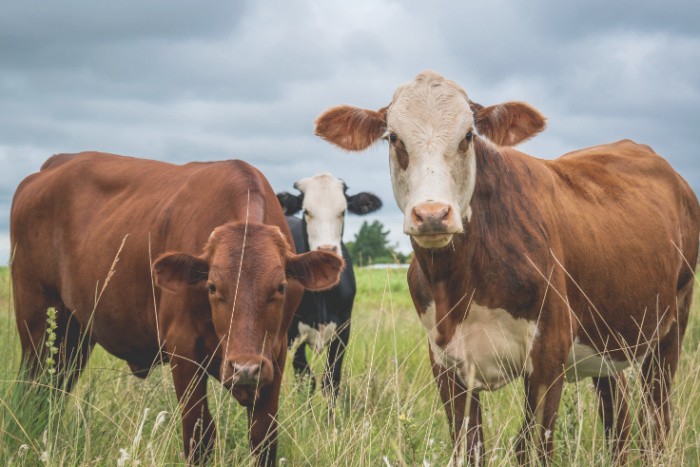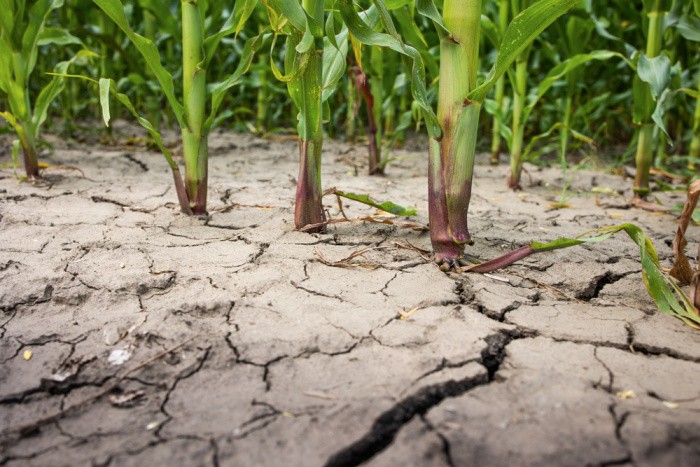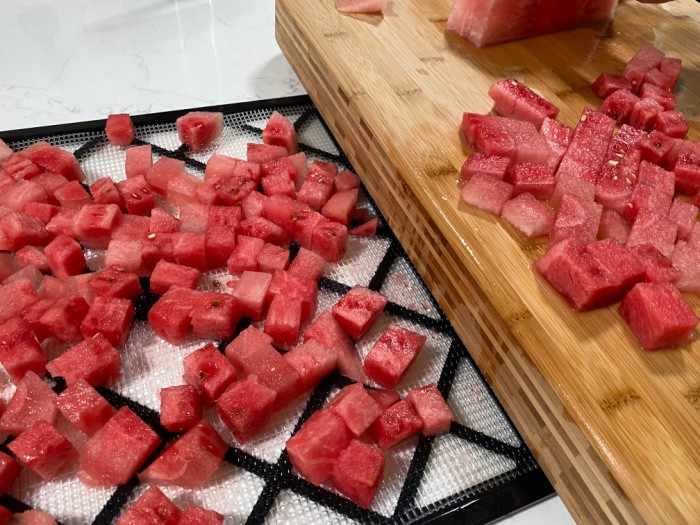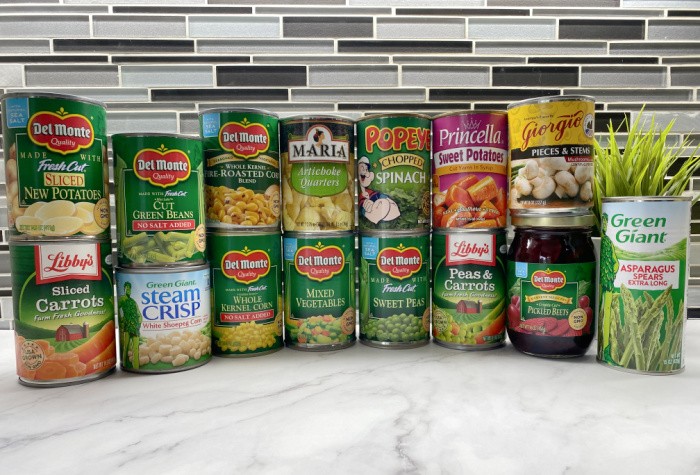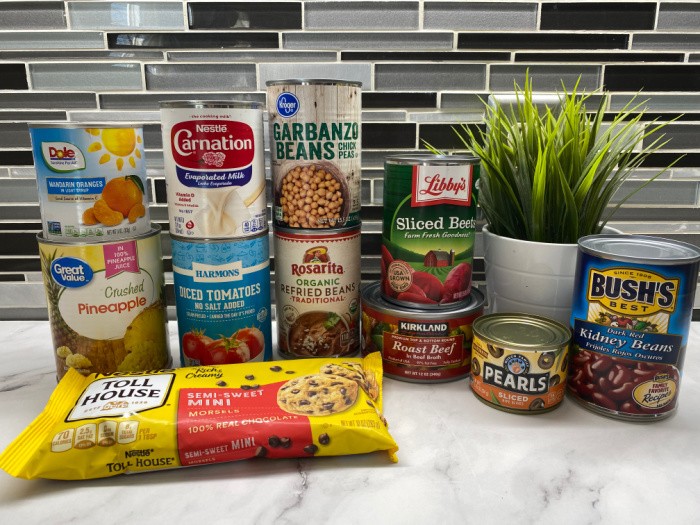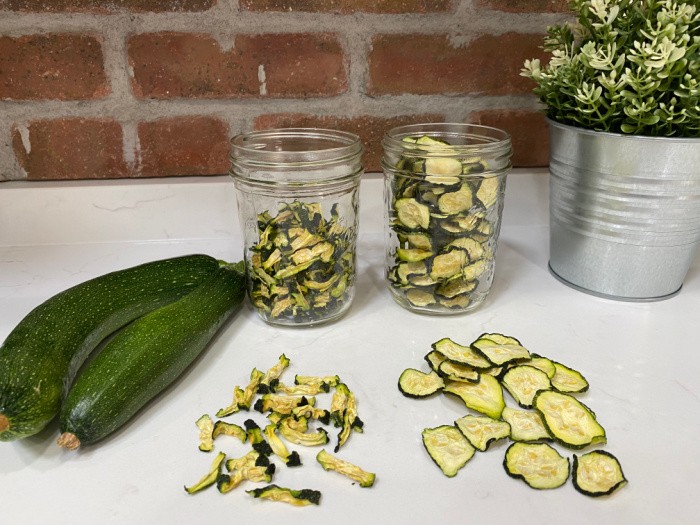72 Hour Kits
72-Hour Kit (Adults)
Every emergency agency in the country recommends having a 72-hour kit available to grab-and-go in an emergency. Be sure to update your kit every six months to a year, depending on the items you have in it. Include food you know you will eat and items that can keep you busy during times of inactivity. Be mindful of storing items that might leak, melt, or affect other items in your bag if they leak or break open (Ziploc bags might help with this problem.) Attach a tag to the kit or bag with your name, phone number(s), a tag to remind you to grab your prescriptions/medicines, and a tag to grab your emergency binder. Depending on the needs of you and/or your family, items you could include in your kit:
- Water for at least three days (1-4 gallons per day), water purifiers and water purifier bottles (like Sport Berkey Portable Water Purifier)
- Food to last for at least three days: MRE’s (Meals ready to eat); hot and cold ready to eat food packages; freeze dried fruits and vegetables; and candy, gum, jerky, fruit snacks, raisins, fruit leather, granola bars, peanuts, crackers, etc.
- Aspirin, Aleve, Ibuprofen, Vitamin C, cold remedies, Essential Oils, etc., antacids (for upset stomachs) Don’t forget Tylenol PM or something similar to use as a sleeping aid.
- Axe/shovel combo
- Baggies (all sizes)
- Batteries (all sizes-rotate yearly)
- Bible/Scriptures
- Bee sting & bite kit
- Blanket–solar is thinner
- Pillow
- Bleach (household chlorine–nonscented)
- Books
- Bung wrench/Gas shut off wrench
- CASH-small bills/coins (if we lose power, ATM’s won’t work; credit/debit cards won’t work)
- Can opener (non-electric)
- Canned stove
- Candles/glow sticks
- Cards or small games to play
- Chapstick/lip balm
- Chargers in case we have electricity
- Coats/Jackets/Sweaters/Extra Clothes & Shoes
- Coffee Pot, pitcher, container
- Cooking pot, griddle or fry pan
- Cooking stove of some kind/fuel/fire starter/striker
- Compass
- Contact lenses & supplies
- Cotton Swabs/Kleenex Tissues
- Disinfectant
- Duct tape
- Emergency sewing kit
- Fingernail clippers/nail file
- Fire extinguisher
- First Aid Kit
- Hand Warmers
- Flashlights (preferably solar or crank); don’t forget batteries (store batteries outside the flashlights to keep them fresh)
- Garbage Bags
- Glasses (extra pair of eye glasses)
- Gloves/latex or non-latex
- Hair brushes/combs
- Hats, gloves/scarves
- Headlamp
- Hearing Aid, plus batteries
- Imodium/Anti-Diarrhea medicine
- Instant milk (chocolate would be good as well)
- Ipecac (check with poison control if possible)
- Hot pads, dish towels/rags/dish soap
- Lanterns/compact lights
- Latex/Non-latex gloves
- Masks N-95 minimum
- Matches (waterproofed)
- Mess Kits
- Mirror
- Scissors
- All Purpose Knife
- Mosquito Spray
- Personal Hygiene (tampons, pads, feminine supplies, etc.)
- Post It Notes/pencils/pens/crayons
- Radio/crank and or battery type (pack batteries)
- Rain Poncho
- Rope
- Safety pins, several sizes
- Shaving cream, shavers (disposable)
- Solar lights
- Sunglasses
- Temporary toilet and bags
- Thermal Underwear
- Thermometer
- Toilet Paper, shampoo, hand soap, baby wipes and hand sanitizer, deodorant, toothbrushes, toothpaste, tweezers
- Tools
- Tent(s)
- Umbrella
- Utensils, plates, cups, silverware to cook and eat with
- Vaseline
- Wet wipes-lots…they might be our only shower
- Whistles, Walkie Talkies, (test before you need them for distance) like Motorola Talkabout 2-Way Radios #MR350R/ FRS/GMRS Radio (22 channels, 121 privacy codes, 2662 Combinations)
- NOAA Weather radio
- Work Gloves
REMEMBER, you would need a truck to “haul” all of these items, so check off one item at a time and pick the items that meet you and/or your family’s needs. These are IDEAS…just start collecting a little at a time.
Put all the things that need to be rotated together in baggies. This way you just GRAB a bag and switch out the outdated items.
72-Hour Kit (Children)
Children need their own 72-hour kit to meet their dietary needs, hygiene, and comfort items to keep them occupied during long stretches of time during emergencies. When preparing a backpack or bag for them, attach a tag to the kit with the child’s name. If your child takes special medications or prescriptions, also add a tag as a reminder to grab those medicines. Items that could be included in the kit (be sure to rotate perishable items yearly):
- Family picture(s) with names and phone numbers/email addresses (in case they get separated from you or if you have a child who can’t verbalize who they are)
- Water (enough for three days)
- Food that is age appropriate or that your child will eat: MRE’s (Meals Ready To Eat—just add water), food that is ready to eat without water, freeze dried veggies, freeze dried fruit, freeze dried yogurt bites, snacks, graham crackers, peanut butter crackers, cereal, raisins, fruit leather, fruit snacks, etc.
- Candy (such as suckers)
- Juice boxes
- Cup, plate, bowl & silverware/child mess kit
- Reading books
- Colored pencils/non-electric pencil sharpener or markers, crayons (not for car or garage-they’d melt)
- Paper, tablets, coloring books
- Puzzles, games, small activities and Play Dough
- Medications: Motrin/Tylenol, Cough syrup (rotate yearly)
- Any medication you use occasionally: antibiotic ointment, Vaseline, saline spray, etc.
- Baby wipes/diapers/formula/baby food/baby food grinder/pacifiers
- Solar or small blankets
- Small pillow
- Hand sanitizer
- First Aid Kit (child size Band-Aids)
- Extra clothes/jacket/sweater (sweat suits are ideal for storage, because you can cut the sleeves and legs off if the weather is too warm or wear them as is in cold weather)
- Child size N-95 masks–practice with these BEFORE you need to use them
- Bible/Scriptures, etc.
72-Hour Kit (Pets)
Don’t forget to prepare for your animals! They will be hungry, thirsty, and upset with a sudden change of environment, so make sure you have what’s necessary to keep them comfortable in an emergency. If you’ve got animals, reptiles, or other types of pets that aren’t dogs and/or cats, you’ll need to consider their needs when planning a 72-hour kit for them. For dogs and/or cat needs, considering adding these items to a backpack or other container:
- Water/food dish
- Photo of the dog (to be circulated in case they get separated from you)
- Complete medical records
- Chip ID information
- Leash/harness/collar
- Sweater
- Toys
- Blanket
- Brush/comb
- Cat or Dog food (enough for at least three days)
- Water (enough for at least three days)
- Pet First Aid Book
- Vet wrap 2″ and 4″/trauma pad
- Gauze bandage rolls (2″, 4″, and 6″)
- Adhesive tape
- Tweezers/scissors/surgical soap
- Thermometer/mineral oil
- Disinfectant solution
- Styptic powder/cornstarch
- Benadryl/triple antibiotic ointment
- Eye wash
- Saline
- Medication, 5-day supply
- Tick-Flea Meds
- Paper towels/plastic bags/zip lock bags
- Dog and/or cat carrier(s)
- Cat litter box/litter
****Remember the Red Cross will NOT accept our pets; they only allow service animals to assist people at the Red Cross Centers.
Business Emergency Preparedness Items
You may not be home during an emergency/event, so having emergency items at your place of business would be helpful and possibly life saving. Helpful ideas or items to secure your office:
- A drawing or plan of your building/office–highlight with “red” all EXITS
- Employer/Employee/Patient list with names and family contacts/numbers
- Local emergency numbers available at each desk/cubicle
- Secure pictures, furniture, water heaters, computers etc. to be earthquake ready by using fastening straps, adhesive fasteners, or other securing devices
- Remember cell phone texts might go through when phone lines aren’t working
- Have an emergency power source-generator available like Goal Zero Extreme 350
- Power-failure lights that will turn on and help during an evacuation of your building
- Walkie Talkies such as Motorola Talkabout located in various places. Some professional walkie talkies
require licenses. Check your local area. - Find out who has a HAM radio license, or at least a scanner. You can hear what’s going on in the world even if there is no power, radio, or television.
- Do training for evacuation plans, etc. Practice different scenarios for disasters and emergencies. Be ready for any unexpected situation.
- Know where to turn off gas (only turn off if you smell gas.) Make sure you have the right tool handy to turn it off.
- Find where to turn off electric power. Flipping the switches at the circuit breaker panel DOES NOT turn off the power. Find where the MAIN switch is to turn it off.
- Know where to turn off the main water line. You might need a water key.
- BEFORE an emergency, find out where all the emergency shut-off switches are located. Post a cheat sheet with this information in several locations throughout your building or office.
Emergency List of items to have on hand:
- Water containers, water purification drops (I prefer Water Preserver.) Rotate water every 5 years. One gallon of water is needed per person per day. Heat/high temperatures would warrant more water per day per person. Have a plan with additional water that can be carried quickly should you need to leave your building.
- For large water containers, make sure you have the necessary item(s) to open the containers (like a Water Bung) and have spigots available for ease of use.
- Food: Decide how many people are typically in each building and how many calories per day per person.
Plan on MRE’s and cold instant food types (a combination is best.) - Cooking: Two separate sources are best, such as propane, coal or wood. I prefer Camp Chef (uses only propane). For large groups I would recommend MRE’s/or similar that only require heated water. It would be hard to “cook” every meal. A Volcano II stove with extra propane hoses would be a great addition. Depending on the model, Volcano II uses, wood, coal & propane. This way you could have some way to boil water for large groups.
- Adequate paper products, plates, cups, silverware/serving
- Fuel: I like Ozark Oak Lump charcoal. It lasts indefinitely if kept in airtight containers; use Gamma lids on 6-gallon buckets to make them easier to open. The Ozark Oak Lump charcoal has no chemicals like regular charcoal. You can store and forget until needed and it is safer to store than propane.
- Fire-starter/matches/emergency candles
- Personal Hygiene, package toilet chemicals, snap on toilet seat, toilet paper, women hygiene products, hand sanitizer, gloves latex/non-latex
- Portable toilet with bags
- First Aid Kits for each building/office. Osha recommended kit-25 person Emergency Ready First aid Kit
- 3M/N-95 masks for everyone
- Plastic sheeting & duct tape/body bags
- Aspirin, Aleve, Ibuprofen, etc., Imodium (anti-Diarrhea), Vitamin C.
- Biohazard Bags
- Emergency Blankets
- Safety Whistles
- Shake Lights
- Flashlights/solar/crank and battery ones. (Batteries stored separately)
- Keep lots of batteries (all sizes-rotate)
- Radios/Weather Radios with Hand Crank
- Phone Chargers (multi-use/size) you might not be able to leave your building. You can buy multi-charge units
- Crowbar, 2 by 4’s for cribbing
- 4-in-1 survival tool
- Fire escape ladder if you have more than a single level building
- Rope
- 12 function knives
- Insect Repellant
- Shampoo, shaving cream, shavers, toothpaste, toothbrushes, towels, wash rags, dish towels, kitchen soap
- Work gloves



